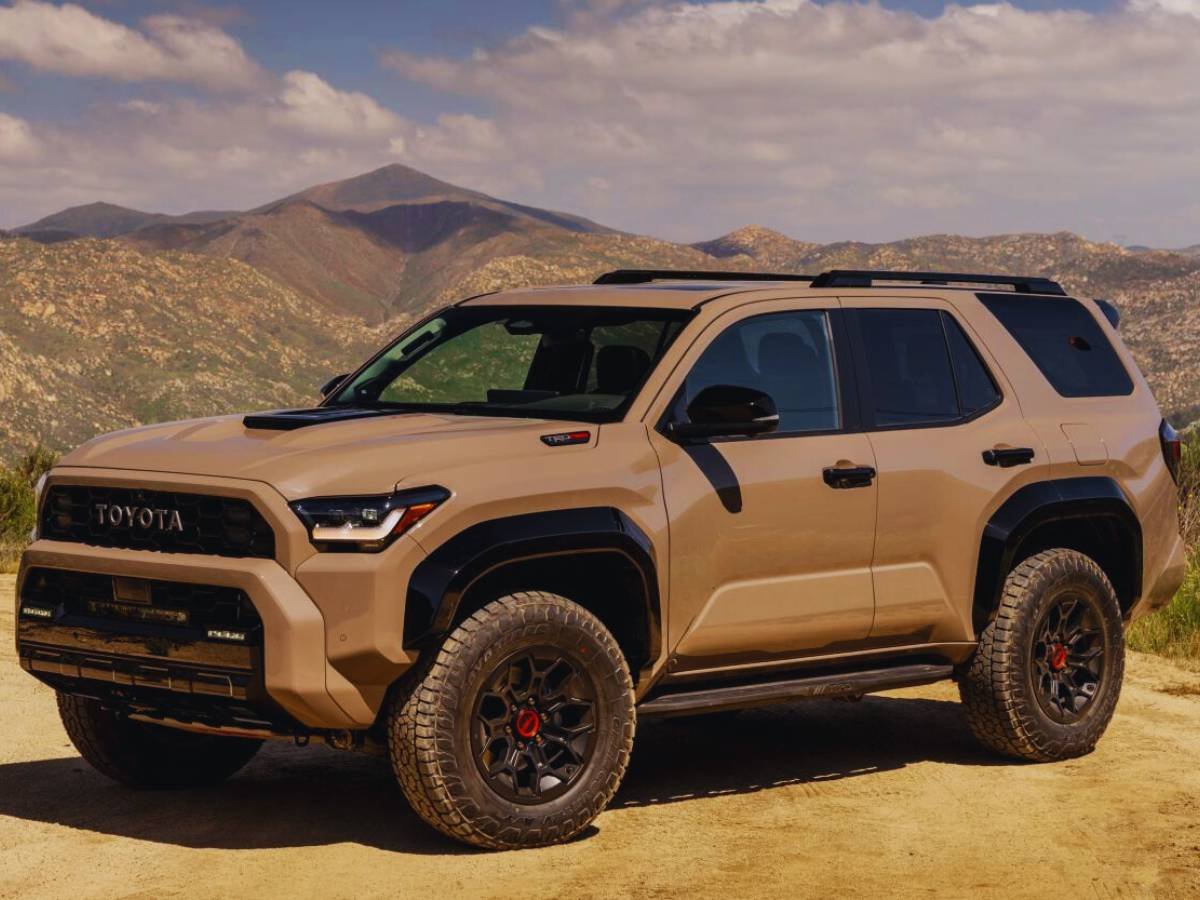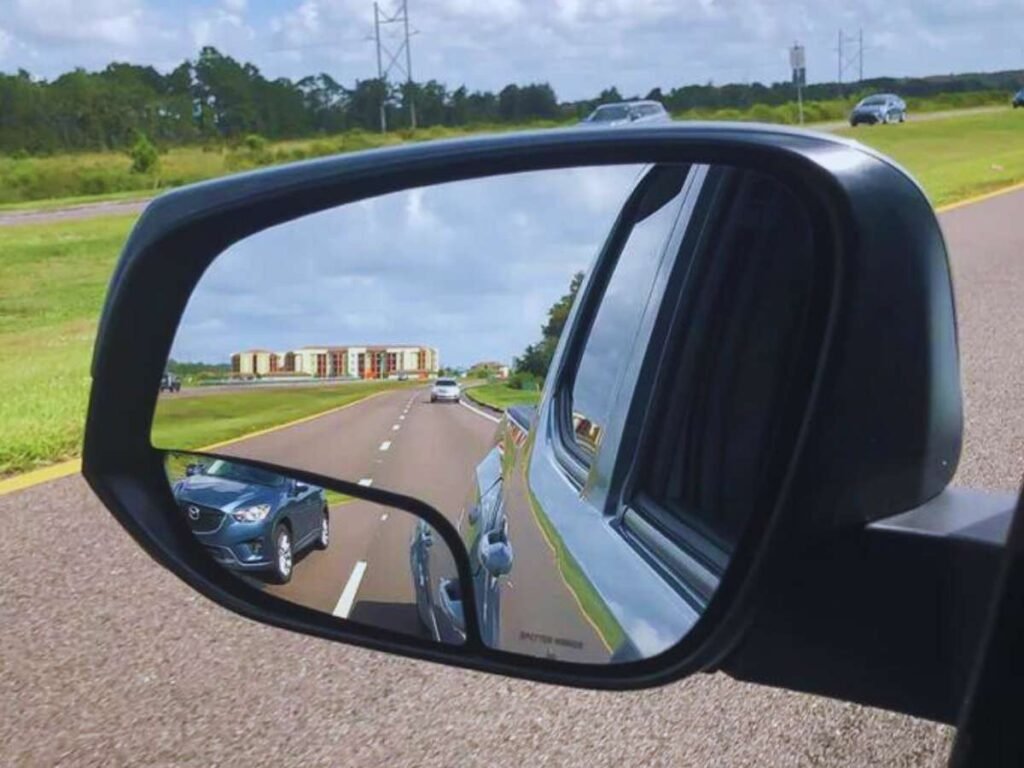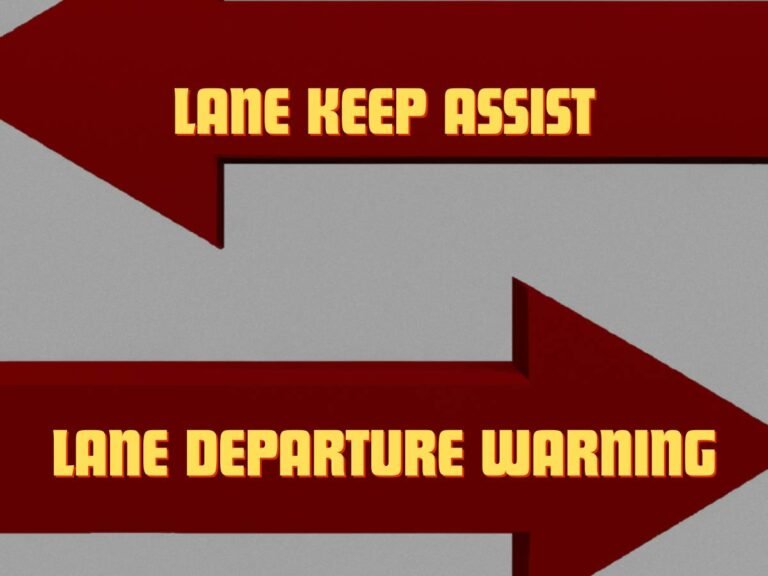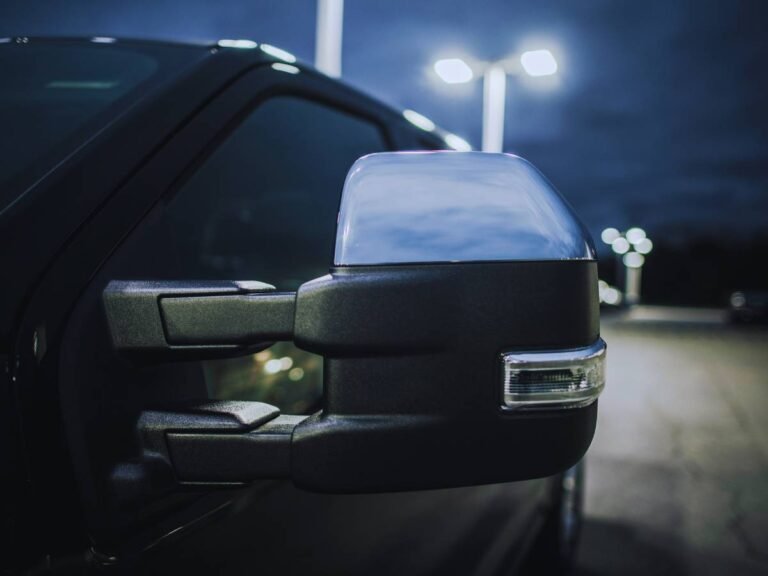4Runner Blind Spot Mirror: Is It Worth Buying?

4Runner is one of the most popular Toyota’s offerings. Since it is a line of SUVs, it has some considerations for a buyer. The most popular one is its blind spots. That is where the 4Runner blind spot mirror comes in to save the day. It can be helpful in detecting vehicles that are otherwise invisible in a traditional side-view mirror.
But does that make a 4Runner blind spot mirror worth having? That’s because it is also important to consider its extra costs. So, should you buy it or not? Let’s take a deep dive into this question in this detailed guide and find the answer!
A Window Into the Toyota 4Runner and Why It Needs Blind Spot Mirror
The Toyota 4Runner is a rugged and versatile midsize SUV renowned for its off-road capabilities and reliability. Since its introduction, the 4Runner has been a favorite among adventure enthusiasts and families alike. With a powerful engine, spacious interior, and advanced technology features, the 4Runner is designed to handle both urban roads and challenging terrains with ease.
Safety is paramount for SUV owners, and the Toyota 4Runner is no exception. Equipped with a suite of advanced safety features, the 4Runner ensures that drivers and passengers are protected in various driving conditions. Blind spot mirrors stand out as an essential safety upgrade, offering improved visibility and reducing the risk of collisions.
Why 4Runner Blind Spot Mirror Is Important?
Blind spot mirrors are small, convex mirrors that attach to the side mirrors of a vehicle. Their primary function is to provide a wider field of view. That allows drivers to see areas that are not visible through the regular side mirrors. These mirrors are particularly useful in detecting vehicles, pedestrians, or obstacles that might be hidden in the driver’s blind spot.
Since the Toyota 4Runner is an SUV, it has more blind spots than a traditional car. Generally, it has three primary no-zones. That includes:
- Rear
- Left
- Right
Hence, a 4Runner blind spot mirror helps eliminate this problem. It provides a more comprehensive view of the road, minimizing the dangers of no-zones.

Pros & Cons of 4Runner Blind Spot Mirror
Now, let’s take a deep dive into the merits and demerits of the 4Runner blind spot mirror. It can help you decide whether it is worth buying!
Pros Of 4Runner Blind Spot Mirror
Here are all the merits of this blind spot mirror:
1. Enhanced Safety and Visibility
Toyota Blind spot mirrors significantly reduce the vehicle’s blind spots. That makes it easier to see adjacent lanes and vehicles that might not be visible through standard side mirrors. By improving visibility, blind spot mirrors help prevent accidents caused by lane changes or merging without checking no-zones.
2. Improved Driver Confidence
With a wider field of view, drivers can make more informed decisions. That leads to increased confidence when navigating through traffic or changing lanes. Particularly useful in tight spots or heavy traffic, Toyota blind spot mirrors can aid in parking and maneuvering in confined spaces.
3. Cost-Effective Safety Upgrade
4Runner Toyota blind spot mirrors are generally inexpensive compared to other advanced safety features, making them a cost-effective way to enhance vehicle safety. Additionally, most blind spot mirrors can be installed quickly and easily without professional help, further reducing costs.
4. Durable and Weather-Resistant
Many 4Runner blind spot mirrors are made from durable, weather-resistant materials that can withstand harsh environmental conditions, ensuring long-term use. Plus, these mirrors require minimal maintenance, making them a convenient addition to the vehicle.
Cons of 4Runner Blind Spot Mirror
The following are the disadvantages of this blind spot mirror:
1. Potential for Visual Distortion
The convex shape of this blind spot mirror can sometimes cause distortion, making objects appear smaller and farther away than they actually are. That can take some time for drivers to get used to. Hence, drivers may need to adjust to the altered perspective provided by blind spot mirrors, which can initially be confusing.
2. Aesthetic Impact
Some drivers may find that adding Toyota blind spot mirrors to their side mirrors detracts from the vehicle’s appearance, as they can appear as aftermarket add-ons. Also, 4Runner blind spot mirrors may not always match the style and design of the original side mirrors, potentially affecting the vehicle’s overall look.
3. Limited Field of View
Smaller blind spot mirrors of Toyota 4Runner may offer a limited field of view compared to larger or more advanced solutions like blind spot monitoring systems. In some cases, there may still be small blind spots even when using these mirrors, especially if they are not positioned correctly.
4. Dependency and Overreliance
Drivers might become overly reliant on 4Runner blind spot mirrors and neglect to perform traditional head checks, potentially missing hazards. Advanced vehicles with built-in blind spot monitoring systems may render traditional blind spot mirrors less necessary.
How to Maintain 4Runner Blind Spot Mirrors
Proper maintenance of your 4Runner blind spot mirror ensures they remain effective and last longer. Here’s a detailed guide on how to keep them in optimal condition:
Regular Cleaning
Here’s what you will need:
- Microfiber cloth
- Mild glass cleaner or soapy water
- Water
Once you have everything ready, follow the steps below:
- Park your 4Runner in a shaded area to prevent the cleaning solution from drying too quickly.
- Next, use water to rinse off any loose dirt and debris from the mirror surface.
- Spray a small amount of mild glass cleaner or soapy water onto the microfiber cloth.
- Then, gently wipe the mirror surface in a circular motion to remove dirt and grime. Avoid using excessive force to prevent scratches.
- Lastly, use a dry part of the microfiber cloth to dry the mirrors, ensuring no streaks or water spots remain.
Damage Inspection
It is important to inspect your blind spot mirrors every few weeks or after a long trip. Here’s what you need to do:
- Look for any visible cracks, chips, or scratches on the mirror surface.
- If your blind spot mirrors are adjustable, check that they move smoothly and hold their position.
Some Safety Tips
Now, you know how to maintain your 4Runner blind spot mirror. However, follow these precautions to prevent future damage:
- Extended exposure to direct sunlight can cause the adhesive to weaken and plastic components to degrade. Whenever possible, park in shaded areas or use a car cover.
- Minor scratches can sometimes be polished out using a plastic polish designed for automotive mirrors. For significant damage, consider replacing the mirrors to maintain optimal visibility.
- If you notice the mirrors are becoming loose, you may need to reapply the adhesive. Use a high-quality automotive adhesive to ensure a strong bond.
- In icy conditions, avoid using sharp objects to scrape ice off the mirrors, as this can cause scratches. Instead, use a de-icing spray and a soft cloth.
- Make cleaning and inspecting your blind spot mirrors part of your regular car wash routine. This ensures they are consistently maintained without extra effort.
- During regular vehicle service, ask your mechanic to check the blind spot mirrors, especially if you are unsure about their condition.
Conclusion
Maintaining optimal safety and visibility in your Toyota 4Runner is crucial. These mirrors reduce blind spots, prevent accidents, and boost your confidence on the road. If you don’t want to opt for advanced driving assistance systems, the 4Runner blind spot mirror is a MUST-have. Yes, it passes our test!
Investing in blind spot mirrors is a cost-effective and practical safety upgrade. Regular maintenance of your 4Runner blind spot mirrors, including cleaning, inspecting for damage, and addressing common issues, ensure they remain effective and durable.






